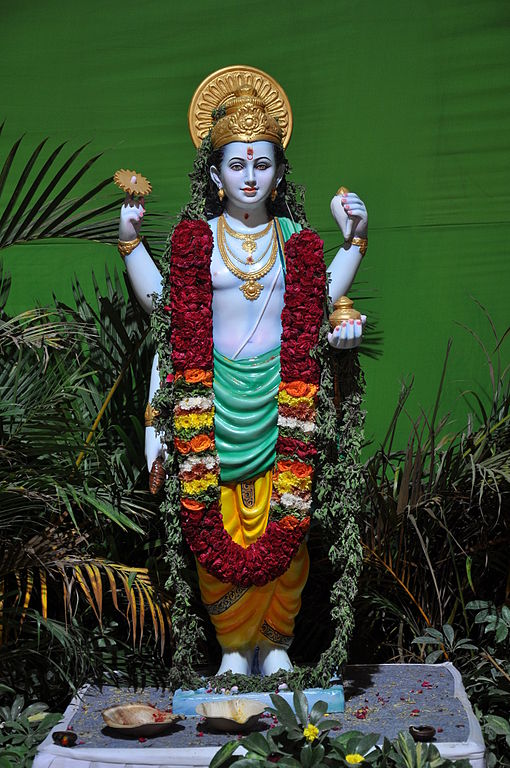Are you practicing the other half of Yoga?
If you are like most people in the Western world yoga is simply a physical practice. If you have already gone a bit deeper, you may understand that yoga goes beyond the asana (poses) and the physical aspects.
I’m not talking about the do’s and don’ts (yamas and niyamas), meditation, pranayama (breath work), etc.
There is another side of yoga, an even deeper rabbit hole that is still widely unknown, unpracticed and still very much underrated in the West. It is Ayurveda, perhaps the oldest form of practiced medicine on the planet.
Ayurveda describes the art of right living but from a spiritual standpoint.
Yoga and Ayurveda, they are not separate—they are made for each other, like bread and butter (or should I say ghee), they go together.
Both originate in the Vedas, around the same time in our distant history. Both approach the universe from the philosophies of Samkhya and Vedanta.
Sister Sciences to say the least.
Yoga and Ayurveda aim to balance the mind, body and soul. This is achieved through the art of right living through yoga asana (postures), meditation, pranayama (breath work), relaxation, diet, herbs, and so on.
When we practice yoga we are attempting to balance the physical, emotional and mental bodies. However, our efforts could be further advanced if we take into account yoga’s sister science, Ayurveda, and the recommendations indicated that will bring about a balanced state for your individual person, your body type (prakruti), your imbalanced state (vikruti), and your current state of mind (manas prakruti).
Yoga is designed to bring balance. All too often however we are practicing the teachings of yoga without the other half of the story. Not every yoga practice, every meditation, every kriya (cleansing technique), every pranayama (breathing exercise) is good for every person.
If we are not aware of the factors that determine what practices are suitable for us, we may cause more unintentional harm than good.
There are specific guidelines that Ayurveda has outlined for each individual body and each mind. Dosha, dhatu, rasa, prakruti, vikruti, ama, gunas, etc. are all Ayurvedic concepts that we should understand as yoga practitioners.
Do any of those terms sound familiar to you? Perhaps they should.
Rather than filling the mind with Sanskrit names of yoga asanas that you are already practicing, you should be learning, recognizing and practicing the concepts described in Ayurveda.
Let me share a few important concepts with you.
1. Dosha is your unique body-mind makeup or a combination of Vata (air and space), Pitta (fire), Kapha (earth and water). When you understand your unique dosha you will be able to understand practices that will be best suited to bring about a balanced state.
2. Dhatu are your tissues. The state of your dhatus (tissues) determines your state of health. Are they balanced? Do they have a predominance of one dosha (constitution) over another? Is this creating an imbalanced state?
How do you balance your dhatus? By knowing your doshas!
Do you see the significance?
3. Rasa is taste. Taste of food, taste in mouth, taste in general. What rasa is balancing for your dosha? What tastes do you crave?
Did you know you can recognize your current state just by knowing your dosha and the tastes you are craving? Salty, sweet, sour, bitter, astringent and pungent are the six rasas (tastes).
4. Prakruti is your original dosha. Vikruti is your current state of imbalance. Knowing the difference between these two states will give you a clear idea of where your individual imbalances are as well as specific guidelines on how to balance them.
5. Ama is the toxic buildup in your body. Ama can be found in your tissues (dhatus) and throughout your entire body. How we remove these toxins is very different for each person.
Ayurveda is never a one size fits all.
While for some an accumulation of ama can be removed through fasting, colon cleansing and herbs, for others this practice will drive ama deeper into the dhatus (tissues), further exasperating the imbalances. Yogic krias (cleansing techniques) are a great example of this. While some krias will be beneficial to some, they may drive toxins deeper and cause problems for others.
6. Gunas are qualities found in nature. Understanding the gunas along with your dosha will help you to create a lifestyle that will be in harmony with nature rather than against it. When we take the gunas into account in our diet, yoga practice, and lifestyle in general, we can be sure we are creating a state of balance.
Ayurveda has specific recommendations for your yoga practice, meditation, pranayama practice, diet, herbs, and so on. Knowing how to use Ayurveda in your yoga practice is a valuable tool.
It is so important for all serious yogis to understand their dosha (their imbalances) as well as Ayurvedic principles that will bring balance. A yoga practice simply put cannot be complete without at least a basic understanding of Ayurveda.
More often than not, when out of balance, we will naturally gravitate to what we think makes us feel better—but this can actually feed our imbalances.
An unbalanced Vata mind cannot sit still. They naturally gravitate to practices that feed this anxious state. They will choose a diet, yoga practice, meditation, etc. that further exasperate their imbalanced state.
A Kapha will naturally avoid practices that will help to balance Kapha.
And on it goes.
Simply knowing your Prakruti (original state) is not enough. In order to receive the benefits of an Ayurvedic lifestyle you must know and understand how to apply the concepts of dosha, dhatu, rasa, prakruti, vikruti, ama, and gunas.
That is just the beginning…but it’s a good start.
Love elephant and want to go steady?
Sign up for our (curated) daily and weekly newsletters!
Editor: Renée Picard
Image: Wikipedia Commons











Read 0 comments and reply